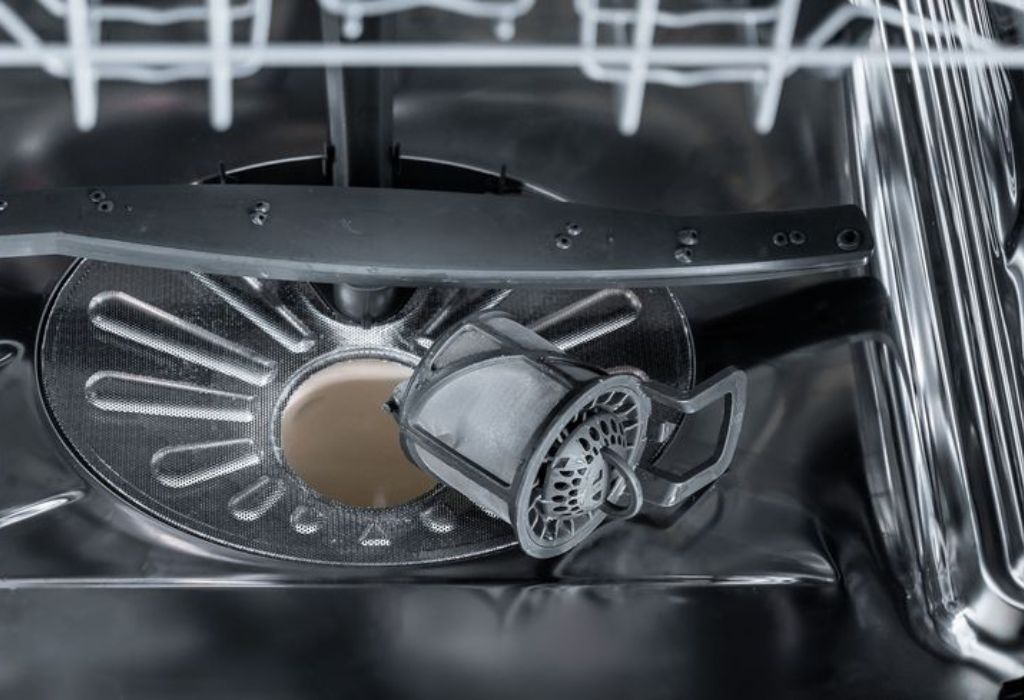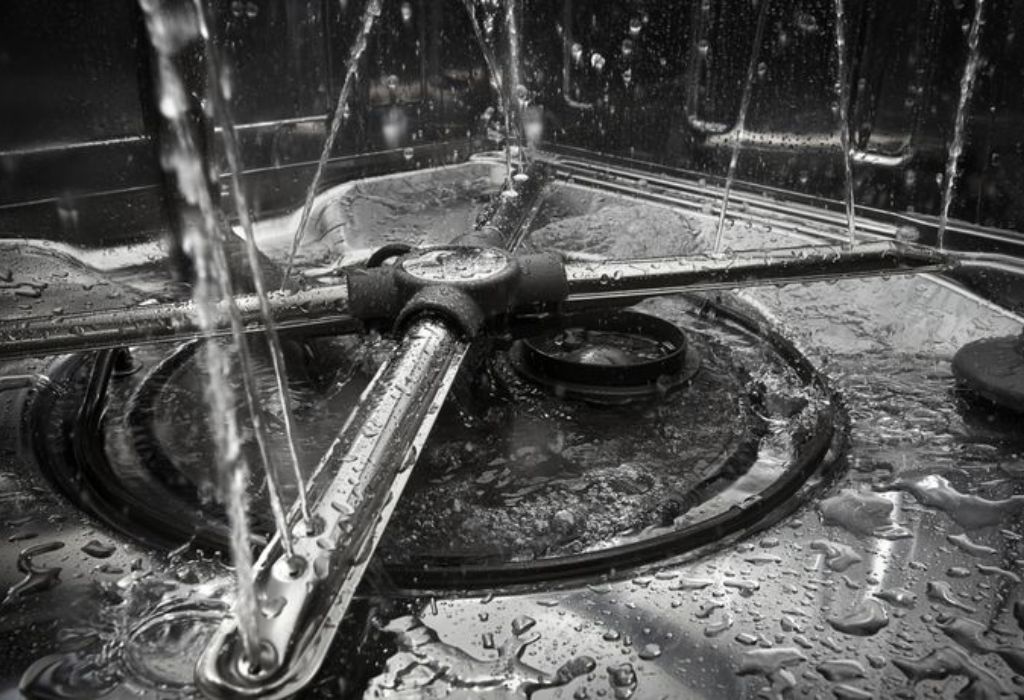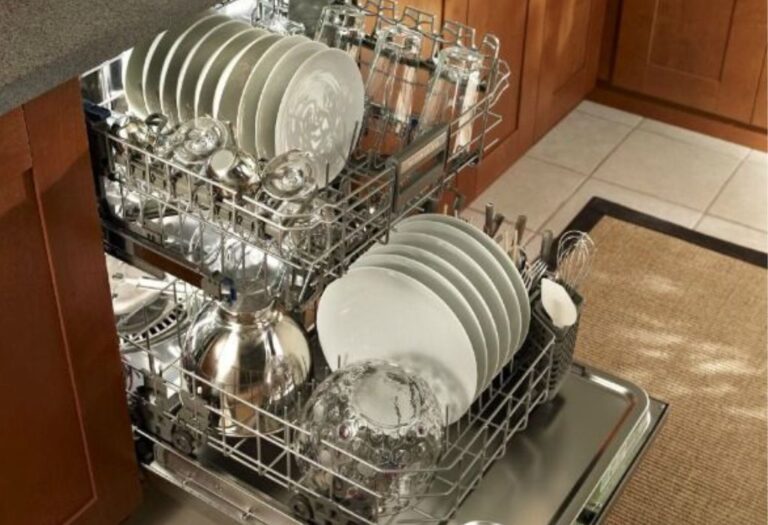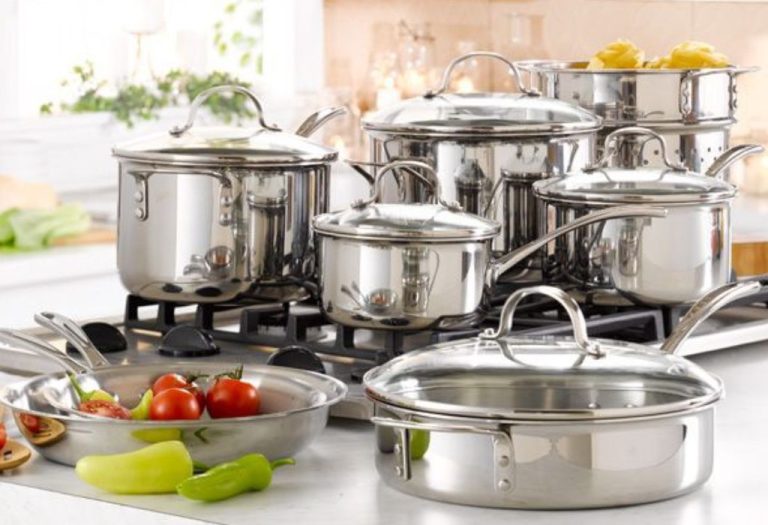You open your dishwasher to unload clean dishes, and there it is — a small pool of water sitting inside the filter. You might wonder if something went wrong or if it’s just part of normal operation. Many homeowners assume any standing water means a clog, but that’s not always true.
The dishwasher filter plays a crucial role in catching food debris, preventing it from clogging your pump or drain system. Because it handles leftover rinse water, finding some moisture there can be completely normal.
However, not all water is harmless. When too much collects or smells foul, it may signal a blockage or maintenance issue. Knowing the difference saves you from unnecessary panic and potential repairs.
This guide will help you understand exactly how much water is normal, what causes buildup, and how to keep your filter — and dishwasher — running efficiently for years.
Understanding How the Dishwasher Filter Works

Every modern dishwasher includes a filtration system, usually found at the bottom of the tub. It prevents food scraps and grease from entering the drain pump, keeping your appliance clean and functional.
The filter assembly typically has two parts — a coarse filter that catches large debris and a fine mesh filter that traps smaller particles. Together, they ensure only clean water circulates back during the wash.
During the final rinse, some water remains around the filter to keep the pump primed for the next cycle. This residual water also helps maintain seals and prevent the filter from drying out completely.
When you open the dishwasher after a cycle, it’s normal to find a small amount of clean water covering the base of the filter. It usually measures no more than one inch deep.
However, if you see murky, smelly, or standing water several inches high, that’s not normal. It indicates a drainage or filtration issue that needs attention.
Understanding how your filter functions helps you distinguish between healthy moisture and problematic water buildup.
Is Water in the Dishwasher Filter Normal?
Yes, a small amount of clean water in the dishwasher filter area is completely normal. It keeps internal seals lubricated and prevents the pump from running dry.
This thin layer of water acts as a cushion, protecting parts from temperature swings between cycles. Manufacturers design dishwashers to hold this water intentionally.
You’ll typically find half an inch to an inch of clean water resting above the filter screen after every wash. That’s simply residual rinse water.
However, cloudy or greasy water lingering for days suggests food particles are trapped in the filter or drain hose. The longer it sits, the more likely bacteria will grow, creating unpleasant smells.
In extreme cases, large puddles could signal a malfunctioning drain pump or a kinked hose. These need to be checked before the next cycle.
So, while a little water is a sign of normal operation, more than that could mean trouble hiding beneath the surface.
The key is understanding what’s “normal” for your model — a quick look at your owner’s manual can confirm it.
What Causes Excess Water to Stay in the Filter Area
Several issues can cause excess water to remain in the bottom of your dishwasher. The most common is a clogged filter. Over time, food scraps, grease, and soap residue build up and block water flow.
A blocked drain hose is another frequent culprit. Kinks, twists, or debris can stop water from exiting properly during the final drain cycle.
Sometimes, the air gap near your sink becomes clogged. This small device prevents backflow but can easily collect grease and particles, restricting drainage.
If your dishwasher connects to a garbage disposal, leftover food inside the disposal can prevent proper draining from the dishwasher line. Running the disposal before starting a cycle usually helps.
A malfunctioning drain pump or check valve can also keep water from leaving the tub completely. When these fail, dirty water often collects above the filter.
Finally, using too much detergent can create excessive foam, trapping water and preventing full drainage.
Understanding these causes helps you pinpoint whether you’re dealing with a simple clog or a deeper mechanical issue.
How to Check and Clean Your Dishwasher Filter
Cleaning the filter is simple and prevents most drainage issues. Start by removing the bottom dish rack to expose the filter area.
Turn the cylindrical filter counterclockwise and lift it out. Then remove the flat mesh filter plate underneath. Rinse both pieces under warm running water.
Use a soft brush or old toothbrush to scrub away food particles or grease. Avoid abrasive pads that could damage the mesh.
If you see mineral buildup, soak the filter in a mixture of warm water and vinegar for 15 minutes. This dissolves limescale and restores proper flow.
Before reinstalling, inspect the drain area for leftover debris or standing water. Wipe it clean with a cloth or paper towel.
Finally, reassemble the filters and run a short rinse cycle to ensure smooth drainage.
Regular filter cleaning every one to two weeks keeps your dishwasher efficient and odor-free.
How to Prevent Future Water Buildup
The easiest prevention step is rinsing large food particles off dishes before loading them. While dishwashers are designed to handle debris, excessive leftovers can clog filters quickly.
Clean your filter routinely — at least once every two weeks if you cook frequently. This stops grease and food residue from hardening.
Run hot water in your sink before starting the dishwasher. It sends warm water into the system immediately, improving detergent action and drainage.
Once a month, run an empty cycle with white vinegar or a commercial cleaner to break down grease and limescale inside hoses and pumps.
Check the drain hose for kinks or blockages. Straighten it gently to maintain free water flow.
Use only recommended amounts of detergent — too much soap creates foam that traps water inside.
Following these habits ensures that the small amount of water in your filter remains normal and never turns into a drainage problem.
When to Worry About Standing Water in the Filter

A thin layer of clean water is fine, but there are warning signs that indicate trouble. If the water is murky, greasy, or foul-smelling, your filter or hose may be blocked.
Water that remains for days after the cycle ends often points to a faulty drain pump. The pump may not be expelling water completely at the end of each wash.
If you notice water pooling above the base plate or flooding into the racks, stop using the dishwasher until you inspect it.
Loud gurgling or humming noises during draining also suggest a blockage in the hose or pump.
When simple cleaning doesn’t fix the issue, it’s time to check deeper components like the check valve, air gap, or motor.
Ignoring these signs can lead to leaks, odor, and even electrical problems over time.
A properly functioning dishwasher should never hold more than a shallow layer of clean water after washing.
Common Questions About Dishwasher Filters and Water
Should there always be some water in the dishwasher filter?
Yes, a small amount of clean water is normal and helps keep seals and pumps lubricated.
How much water is considered normal?
Usually half an inch to one inch of water is perfectly fine after a wash cycle.
Why is my dishwasher filter filled with dirty water?
A clogged filter or drain hose is preventing proper water flow during the drain cycle.
Can leftover water cause bad smells?
Yes. Stagnant water mixed with food debris can produce foul odors over time.
How often should I clean my dishwasher filter?
Every one to two weeks depending on how often you run the dishwasher.
What’s the best way to clean the filter?
Rinse under warm water, scrub gently with a soft brush, and soak in vinegar if needed.
Can using too much detergent cause water to remain?
Yes. Excess detergent creates foam that prevents full drainage.
Is it safe to leave water in the filter between cycles?
A small amount is safe, but if it’s cloudy or smelly, clean it immediately.
Why is water backing up above my filter?
It’s likely a blocked hose, dirty filter, or a problem with the drain pump.
Does hard water affect dishwasher filters?
Yes. Mineral buildup can clog mesh screens and slow drainage.
Should I remove the filter after every cycle?
No. Only clean it regularly — removing it too often may wear down the seals.
Can I pour drain cleaner into the dishwasher?
Never. Chemical drain cleaners damage plastic parts and rubber seals.
Why is water leaking from around the filter area?
Improperly seated filters or damaged seals can let water escape under pressure.
Can a dirty filter cause cloudy dishes?
Absolutely. When water can’t circulate properly, detergent residue stays on glassware.
When should I call a technician?
If water stands above the base plate or persists after cleaning, call for professional service.
Conclusion
Finding a little water in your dishwasher filter isn’t a reason to panic. In fact, it’s part of normal operation and keeps your machine running smoothly between cycles.
Problems begin only when that water turns dirty, smelly, or rises above the filter level. In those cases, cleaning the filter, drain hose, and air gap usually restores normal function.
Regular maintenance takes just minutes but prevents major issues like odor, leaks, or pump failure.
By understanding what’s normal for your dishwasher and acting quickly when something seems off, you’ll extend its lifespan and enjoy spotless, odor-free dishes every time.
A clean, well-maintained filter is the heart of a healthy dishwasher — and now you know exactly how to keep it that way.
I’m Emma J. Caldwell, the founder, lead writer, and home-cooking enthusiast behind KitchenGuideCo.com. With a background in culinary arts and over a decade of cooking experience in both professional and personal kitchens, I created this platform to demystify recipes, offer smart kitchen gadget reviews, and guide readers through meal prep with confidence and clarity.






